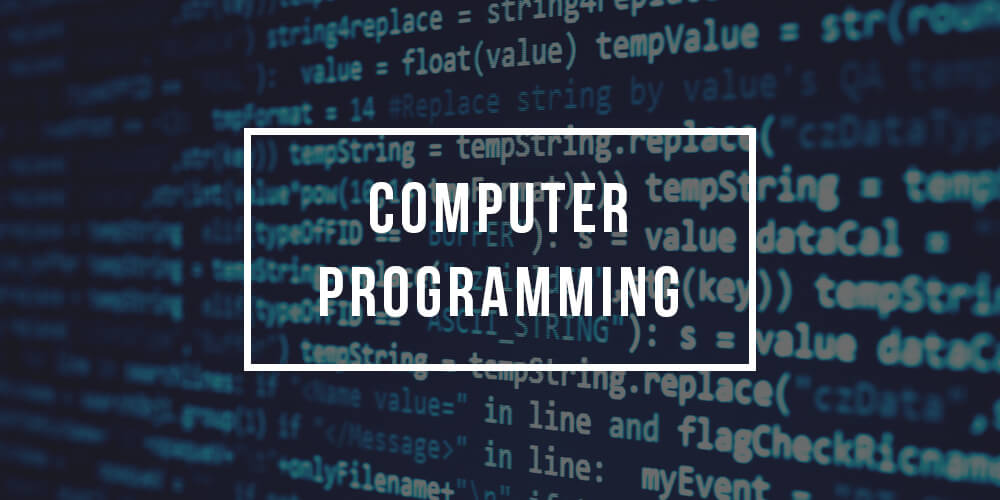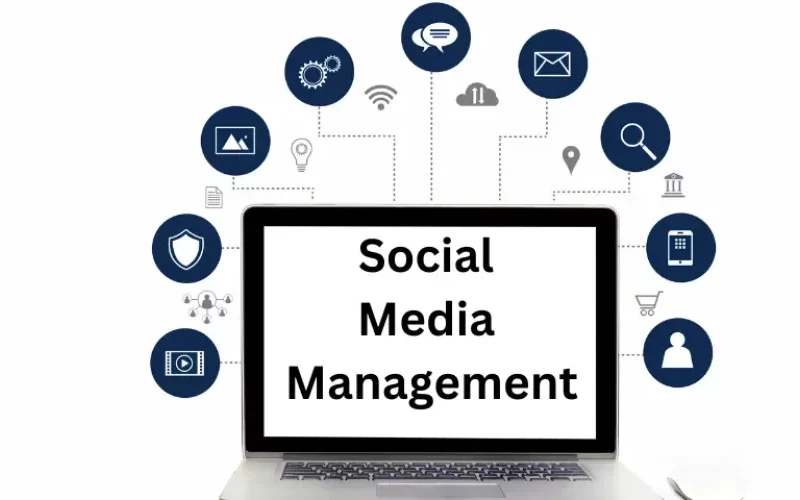Programming, or coding, is the process of creating instructions that tell computers what to do. It involves writing code in specific programming languages to build software, websites, and applications.
Core Concepts of Programming
- Variables: Named storage locations for data.
- Data Types: Different categories of data, such as integers, floating-point numbers, and strings.
- Operators: Symbols used to perform operations, like arithmetic, comparison, and logical operations.
- Control Flow: Structures that determine the order in which code is executed, including conditional statements and loops.
- Functions: Reusable blocks of code that perform specific tasks.
- Algorithms: Step-by-step procedures for solving problems.
Popular Programming Languages
- Python: A versatile language used for web development, data science, and machine learning.
- JavaScript: The language of the web, used for creating interactive web pages.
- Java: A robust and widely-used language for enterprise applications.
- C++: A powerful language for system programming and game development.
- C#: A modern language used for building Windows applications and games.
The Programming Process
- Problem Definition: Clearly define the problem that needs to be solved.
- Algorithm Design: Develop a step-by-step solution to the problem.
- Code Implementation: Write the code in a chosen programming language.
- Testing and Debugging: Identify and fix errors in the code.
- Deployment: Deploy the code to a production environment.
- Maintenance: Update and maintain the code as needed.
The Future of Programming
Programming is constantly evolving, with new languages, frameworks, and tools emerging regularly. Some of the key trends in programming include:
- Artificial Intelligence and Machine Learning: Developing intelligent systems that can learn and adapt.
- Data Science and Big Data: Analyzing large datasets to extract valuable insights.
- Cybersecurity: Protecting computer systems and networks from cyberattacks.
- Internet of Things (IoT): Developing software for connected devices.
- Web Development: Building interactive and dynamic websites and web applications.
Programming is a creative and rewarding field that offers endless possibilities. By learning to code, you can bring your ideas to life, solve complex problems, and contribute to the technological advancements shaping our world.

